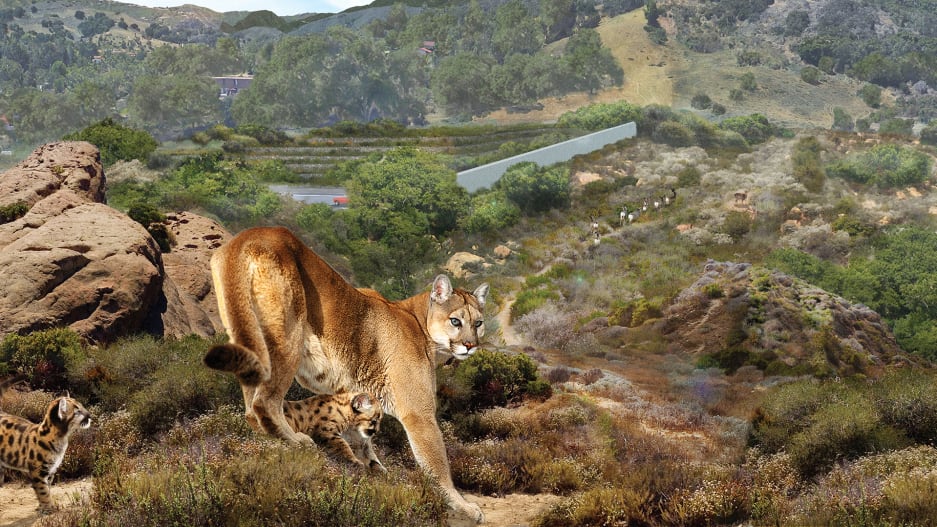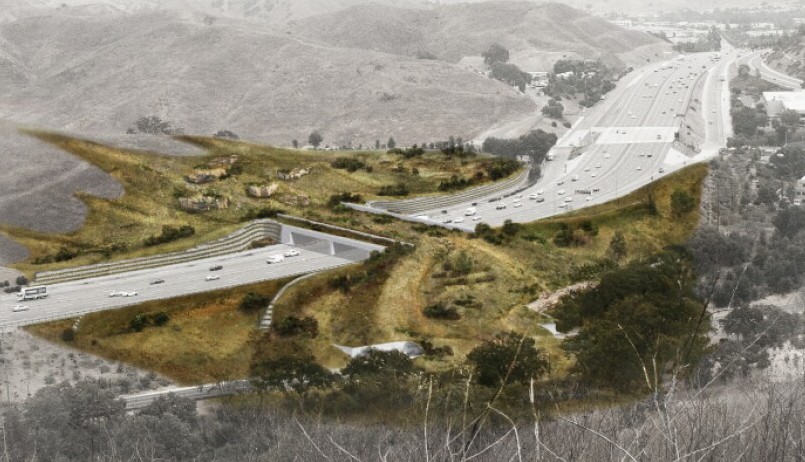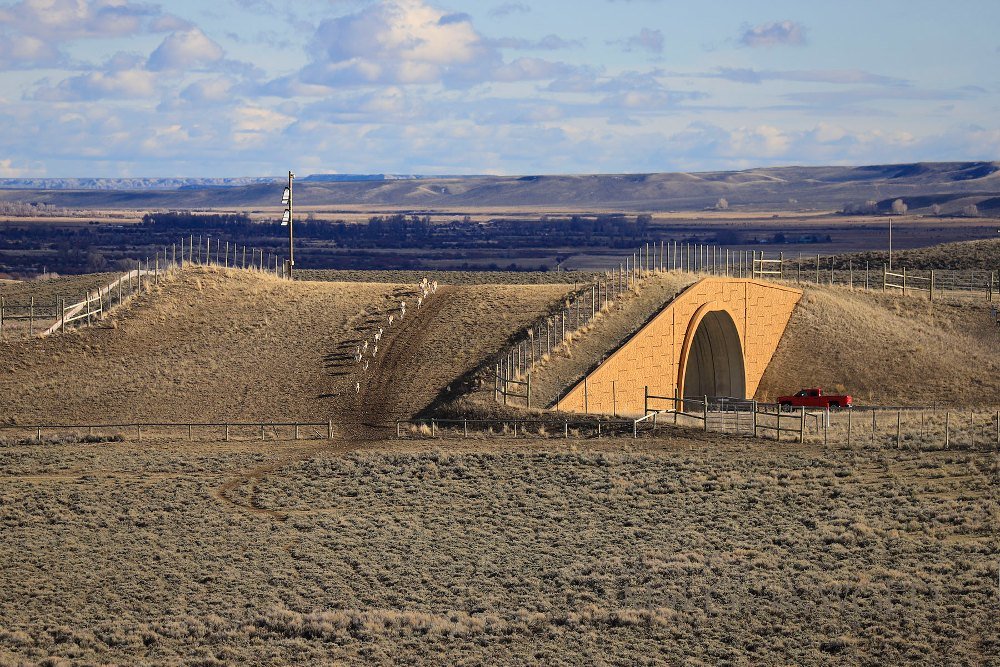
Life Is a Highway Crossing
As road trip specialists, it’s the vast intertwined network of roads in the U.S. that often propel our journeys – widening our world view and delivering new perspectives along the way. But it would be remiss to ignore the full range of impacts that these thoroughfares have.
Without appropriate wildlife crossings in place, roads break up natural habitats forcing animals to attempt dangerous crossings as they follow their natural instinct to migrate or hunt– leading to road kill and increased competition for territory within the species. We sat down with wildlife and road ecology experts to learn about the ambitious wildlife crossing projects in some of our favorite areas of the country and how we can all help protect nature while enjoying the Great American road trip.
Why Wildlife Crossings Are Important

We all have seen roadkill laying by the wayside before. It’s easy to conceptualize the effect of animal collisions and, while that certainly is a big concern, it’s only the tip of the iceberg when it comes to the effects of roads on wildlife. Road ecology is the field of science dedicated to understanding what all of those impacts are and what we can do about them.
Migration
For example, roads increasingly thwart migration pathways for animals like elk, pronghorn antelope and deer.
Taylor Phillips, Wyldlife Fund board member and founder of Wildlife Tourism for Tomorrow, said facilitating migration is one of the top goals of wildlife crossings in the Wyoming area.
“For animals like mule deer, elk, pronghorn– the places where they spend their summers are very different than where they spend their winter months,” Phillips said. “Their habitats are spread out over the larger landscapes, so it’s very important there is connectivity between the habitat types.”
Genetic Inbreeding
However, many other kinds of animals– like grizzly bears, wolves and other large carnivores– also utilize wildlife crossings, but for different reasons.
“The genetic consequences of highways are immense– especially on large carnivores which need a lot of space,” said Ben Goldfarb, a journalist and writer who’s been researching road ecology for the past few years for his upcoming book on the subject.
Goldfarb’s interest in habitat connectivity and road ecology first began in the Rocky Mountains as well, in 2013 when he visited the wildlife crossing over Highway 93. He said that because roads were increasingly cutting into habitats, large carnivores like grizzly bears were forced to inbreed with a much smaller pool of potential mates.
“You can take a DNA sample of any grizzly bear in the American West and know what side of which highway it was born on because roads so thoroughly fragment their habitat,” Goldfarb said.
Mountain lions suffer similar problems much farther south in the Santa Monica Mountains, as Executive Director of Santa Monica Mountains Fund Charlotte Parry explains.
“Because of the roads, the population is very isolated and so there is starting to be a level of inbreeding between the mountain lions which leads to genetic weakness within the animals,” Parry said. “Also, the older animals are attacking the younger animals. The wildlife crossing will allow them to access more territory.”
Because they are such territorial creatures, many young male mountain lions face a difficult decision: attempt to dart across congested freeways in a bid for new territory or combat older male mountain lions (often their own fathers). Both scenarios frequently end in the untimely deaths of the young lions.
Prominent Wildlife Crossing Projects

Trapper’s Point Wildlife Crossing in the Grand Tetons
In the past decade, new research concerning wildlife behaviors and movements has allowed support for wildlife crossings to really take off. Goldfarb says this enthusiasm stems from research that proves the crossings are successful, not only at preventing animal and human deaths, but also because of economical interests. After all, animal collisions are not only dangerous; they are expensive.
“There have been a bunch of studies showing that fences and crossings together are really good at preventing collisions, at keeping human drivers safe, and actually they save a lot of money in the long run,” Goldfarb said.
In the fall of 2012, eight wildlife crossing structures were completed along a 12-mile stretch of Highway 191 at Trapper’s Point.
“Now, the momentum is strong for more and more crossings,” Phillips said. “Funding was recently established by the Wyldlife Fund for the Interstate 25 crossing. Crossings are slated now in the Dubois area and Kemmerer region of Wyoming as well.”
Another recent and notable project, the Wallis-Annenberg Wildlife Crossing at Liberty Canyon spanning the 101 freeway outside of Los Angeles will service the local mountain lions and many other animals– even birds and insects. The $87 million project broke ground this April of 2022.
Parry noted that the 101 Crossing led to more state money being appointed by California Governor Gavin Newsom for future crossings and set an important precedent.
“What they’ve done is to effectively normalize wildlife crossings,” Parry said. “They’ve shown that this is an important part of road building, that you need to include wildlife crossings as part of planning for road building.”
How You Can Help
All Roads North trips will pair you with conservation and wildlife experts that will teach you more about the animals and manifold impacts of roads in their specific region, from Wyoming to California. Here are some of our favorite itineraries in areas with fantastic wildlife crossings projects:
Yellowstone and Grand Teton Trip
The Ultimate California Family Road Trip
You also can help reconnect animal habitats by supporting conservation organizations like the ones below:
- Arc Solutions – Technical analysis and support for wildlife crossing structures.
- Center for Large Landscape Conservation – On a mission to protect life on Earth by promoting ecological connectivity to support healthy wildlife habitats and safeguard nature’s resilience to climate change.
